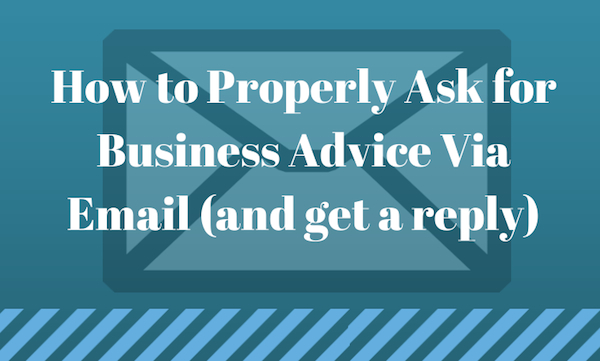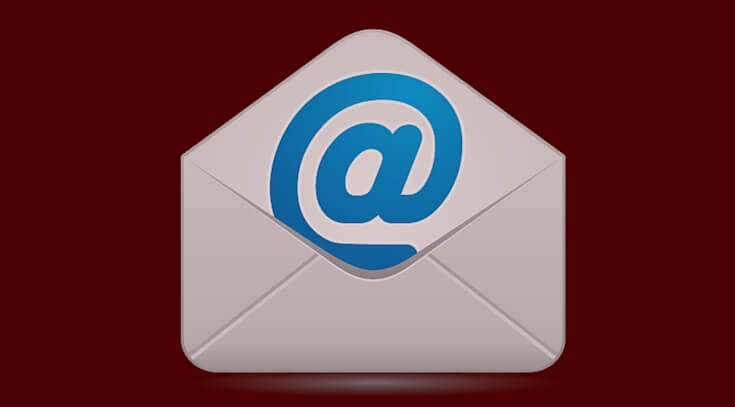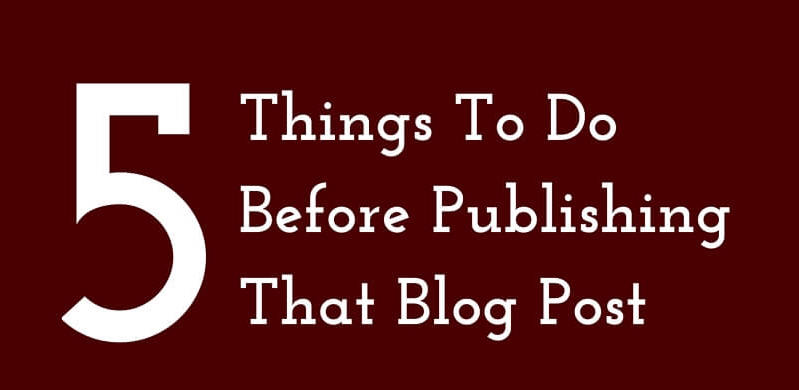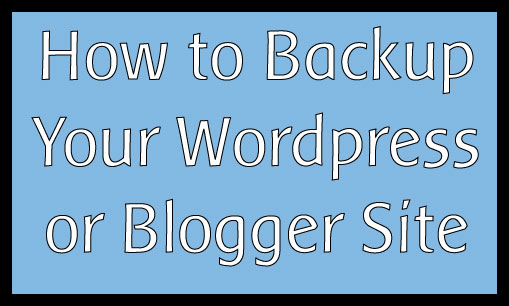Inbox Zero: Why You Need It and How to Get It
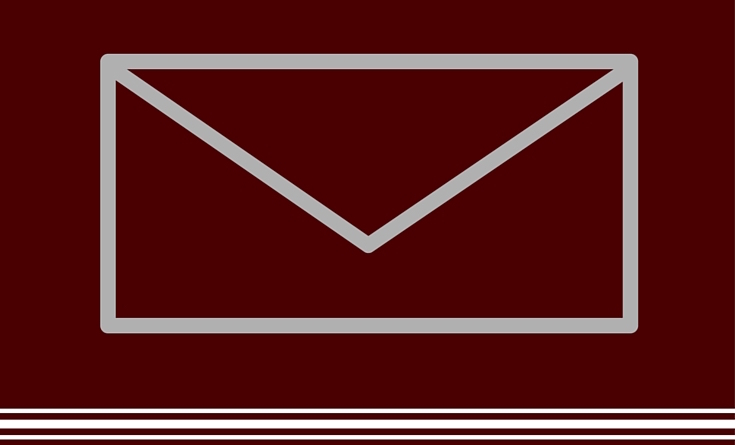
Email is a still a big deal. No matter how many social media networks you’re on, sending an email is the best way to reach out in a business situation. As someone who runs more than one business, manages several content management sites, and does a ton of online shopping, I get a lot of email. It’s not uncommon for me to get hundreds of email a day. The one thing that has helped me not lose my mind through it all is practicing Inbox Zero.
Inbox Zero is a method of email organization that emphasizes keeping your inbox clean and your number of unread emails at zero. Now, that doesn’t mean you hide the email. It means you take an action for each email instead of letting them sit around in your inbox getting old and moldy. Whether you get so much email you can hardly breathe or you just want to take control of your inbox, Inbox Zero can work for you. Here’s how to do it:

Pin this image!
Check your attitude.
The first step to achieving Inbox Zero is to adjust your attitude about your email. A lot of us are slaves to our inboxes. We think that we need to check our email every hour. We think that every time we get a notification we have to handle it. But the truth is that email is just a tool. You control it. It doesn’t control you.
A key component to living the Inbox Zero life is to limit checking email to when it’s most productive to you. For me, it means that I check at the start of the workday, right before lunch, and one last time before I sign off for the day. Other than that, I’m not dealing with email. I know others who only check once a day and during any downtime. Others find it best to remove notifications for email altogether. Do what works for you.
Deal with it now.

The first commandment of Inbox Zero is “Thou Shall Deal With This Right Now.” This may sound intimidating, but remember what we just talked about. You handle email when you decide to handle it. But when you open it, the goal is to deal with every single email you have in that session:
If you can reply to the email, do that immediately. Then archive the email.
If the email requires you do something, respond to the email acknowledging that you received it and giving an ETA for that task. Then put it on your to-do list, pipeline, or whatever you use to manage your tasks. Once you’ve done that, archive the email.
If the email doesn’t require an answer, delete it or file it away in a folder or in your archives.
If the email is something that you would not want to receive again, do something about it. Unsubscribe from marketing emails you don’t care about. Report SPAM so your email provider stops delivering it into your inbox. If someone has committed the cardinal sin of using “reply-all” for no reason, use your mute button to have all those future messages sent to your archives instead of your inbox.
If you do each of these things, your inbox will be clear at the end of each of your sessions and will get less gnarly over time because you’re also preventing unnecessary email in the future.
Don’t be ashamed of bankruptcy.

Sometimes your inbox gets completely out of control. Maybe you had some sort of extended vacation away from email. Maybe someone tweeted that you won a billion dollars in the lottery. Maybe it’s just been a slow build because you hadn’t read this article yet. Whatever the reason, if you have lost all control of your inbox, it’s time to declare bankruptcy.
Declaring email bankruptcy just means accepting that you have lost control of your inbox. Archive everything in your inbox and start over. If it’s important, they will email you again. (You can make announcement on your social media pages if you’d like to give everyone warning.) Start fresh with Inbox Zero and you’ll never have to do it again.
About the Contributor
Princess Jones is the evil genius behind P.S. Jones Copy & Design, where food and drink businesses can get the tools to be great. For more talk about business, blogging, and marketing, follow her at @imprincessjones.
